传说从来没有听起来那么好 混响 3 是冲动反应爱好者。如果你有传奇工作室硬件,甚至被忽视的宝石的捕获,回响3是为你。混响 3 采取标志性硬件混响的冲动捕获,使它们听起来比以往任何时候都好。 加载了效果和调制选项,从微妙到崇高,它是一个创造性的潜力的动力,可以采取冲动反应到新的高点。 它具有丰富的编辑和调制工具,可以刷新和活跃任何第三方立体声和真正的立体声脉冲响应。将捕获与它们的原始硬件拉近,或远至几乎无法识别。 混响能力的基石在于自己的专有调制捕获和播放技术格式,称为 Fusion-IR。它是一种创新的方法,可卷积捕获和回放,从而产生一种生动、有机的混响,这是传统静态卷积无法实现的。 你有没有想过一个经典硬件的早期反射听起来像另一个尾巴?或者标志性的立体声混响在真正的立体声中听起来像什么?所有可能与混响 3。任何人谁想要注入新的生命到他们的捕获库或使一些更特别的东西, 他们已经有需要回响 3 。 重振你的冲动 混响有多种新的和改进的工具,以重振静态或基于 Fusion-IR 的混响捕获集合。 更深入的融合-IR 编辑 Fusion-IR 处理使用多个真实立体混响流捕获时变混响的演变特性,这些混响流同时处理成一个混响,轻松与音乐混合。 Fusion-IR 包含单独采样的早期和后期混响组件,在卷积混响中实现无与伦比的控制,因此您可以像在硬件设备上一样,独立平衡混响的早期和后期组件。 混响 3 中的新功能是能够独立调整后期混响预延迟,而不会中断采样反射的完整性。 许多硬件混响仅对混响尾部应用预延迟,这意味着在应用预延迟时,反射不会不自然地与干声音不自然地不系绳。通常,在卷积混响中应用额外的预延迟会显著解开反射,但在混响 3 中,您可以独立地向前和向后移动后期尾部。 这也意味着您甚至可以删除延迟延迟后延迟,而无需从混响开始时修剪掉任何关联的反射。 当然,您仍然可以将这些修改后的 Fusion-IRs 发送到常规编辑工具数组,包括裁剪、信封和拉伸 增强的真实立体模拟 许多第三方脉冲响应很简单,两个通道捕获 - 但对于一个完全包围的声音真正的立体声是必需的。 带交叉馈送的混响从左输入信号创建左右输出通道的混响,反之亦然。通常,交叉通道会延迟,并且水平降低,甚至可能受到一些额外的过滤。 混响可以使用立体声捕获模拟真正的立体声混响。当混响与从未设计过真正的立体声时,这是一种特别强大的技术,极大地提高了其空间化能力。 现在,在混响 3 中,您可以调节模拟的交叉馈送通道,使其以您从未想过的方式实现,而不影响采样混响的基本结构和开始特征。 用于真实立体声模拟的调制技术为混响增加了动态的空间感和通风感,但由于直接通道未调制,因此不会影响原始的真实特性。 扩展拆分调制 通常混响将具有调制的尾部和静态反射,但许多采样脉冲响应包括早期反射和同一捕获中的后期混响。 Legends Never Sounded So Good Reverberate 3 is for the impulse responses aficionados. If you have captures of legendary studio hardware or even the overlooked gems, Reverberate 3 is for you. Reverberate 3 takes the impulse captures of iconic hardware reverbs and makes them sound better than ever before. Loaded with effects and modulation options ranging from the subtle to the sublime, it is a powerhouse of creative potential that can take impulse responses to new highs. It features a wealth of editing and modulation tools that can refresh and enliven any third party stereo and true stereo impulse responses. Take your captures closer to their original hardware than ever before, or so far away that they become almost unrecognisable. A cornerstone of Reverberate’s ability lies in own proprietary modulated capture and playback technology format called Fusion-IR. It is an innovative approach to convolution capture and playback creating a lively, organic reverberation that is impossible to achieve with traditional static convolution. Have you ever wondered what the early reflections of one piece of classic hardware sounds like with tail of another? Or what an iconic stereo reverb would sound like in true stereo? All possible with Reverberate 3. Anybody who wants to breathe new life into their capture library or make something even more special with what they already have needs Reverberate 3. Reenergise Your Impulses Reverberate has a wide selection of new and refined tools to reinvigorate your collection of static or Fusion-IR based reverb captures. Deeper Fusion-IR Editing Fusion-IR processing captures the evolving character of time-varying reverbs using multiple true-stereo reverb streams that are processed simultaneously into a reverb that mixes effortlessly with your music. Fusion-IRs contain separately sampled early and late reverb components for unparalleled control in a convolution reverb, so you can balance the early and late components of a reverb independently, just as you can on a hardware device. New in Reverberate 3 is the ability to independently adjust the late reverb pre-delay without disrupting the integrity of the sampled reflections. Many hardware reverbs only apply pre-delay to the reverb tail, which means the reflections are not unnaturally untethered from the dry sound as pre-delay is applied. Usually in a convolution reverb applying additional pre-delay would dramatically unglue the reflections, but in Reverberate 3 you can shift the late tails forwards and backwards in time independently. This also means you can even remove late reverb pre-delay without trimming off any associated reflections from the beginning of the reverb. Of course you can still then send these modified Fusion-IRs into the regular array of editing tools including crop, envelope and stretch Enhanced True Stereo Simulation Many third party impulse responses are simple, two channel captures – but for a fully enveloping sound true stereo is required. A reverb with crossfeed creates reverberation from the left input signal to both left and right output channels, and vice versa. Typically the crossfed channels are delayed, and reduced in level, and may even be subject to some additional filtering. Reverberate can simulate true stereo reverbs using stereo captures. This is an especially powerful technique when used with reverbs that were never designed with true stereo in mind, dramatically improving their spatialisation capabilities. Now in Reverberate 3 you can modulate the simulated crossfeed channels bringing them to life in way you may have never thought possible without impacting the essential structure and onset characteristics of the sampled reverb. The modulation technique used for true stereo simulation adds a dynamic sense of space and airiness to the reverb, but because the direct channels are not modulated it will not impair the true character of the original. Extended Split Modulation Often a reverb will feature modulated tails and static reflections, but many sampled impulse responses include early reflections and late reverberation in the same capture. Reverberate allows you to divide a capture into two halves at a point of your choosing, load each into independent convolution engines, and then modulate each half separately creating a reverb brimming with new life and character. You an even apply additional modulation to the early and late captures in a Fusion-IR. Reverberate 3 features pitching and non-pitching delay and time modulation features so you can apply dramatic or natural modulations to any static impulse response. The non-pitching mode is new in version 3, and these two modes can be selected independently irrespective of split point. A short burst of chorusing modulation in the first few tens of milliseconds followed by the more natural fixed-pitch modulation scheme throughout the tail can breathe new life into almost any sampled space. This is especially powerful when used on reverbs that were never originally designed with modulation and even the tail of a physical capture, taking them on to new highs never envisaged before. |
 第七天堂专业混响 LiquidSonics Seventh He
第七天堂专业混响 LiquidSonics Seventh He 混响套装 ValhallaDSP bundle 2019 WIN版
混响套装 ValhallaDSP bundle 2019 WIN版 混响 ReLab LX480 Complete v3.1.4 PC
混响 ReLab LX480 Complete v3.1.4 PC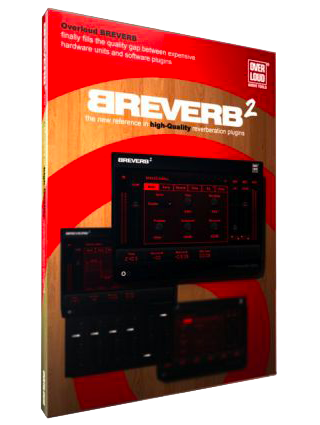 极致混响 Overloud BREVERB 2 v2.1.18 PC/v
极致混响 Overloud BREVERB 2 v2.1.18 PC/v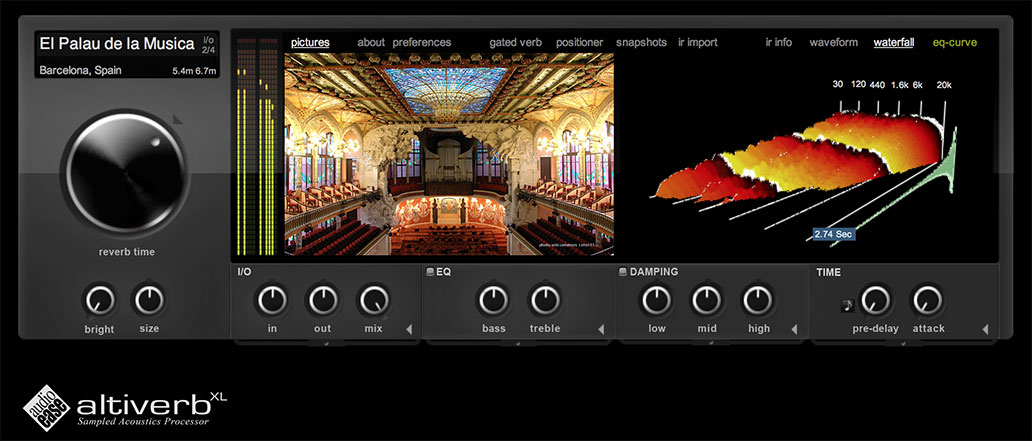 混响圣典 Audioease Altiverb 7 XL v7.2.8
混响圣典 Audioease Altiverb 7 XL v7.2.8  板岩混响 Slate Digital Verbsuite Classic
板岩混响 Slate Digital Verbsuite Classic 混响包 Harman Audio Lexicon LXP Native R
混响包 Harman Audio Lexicon LXP Native R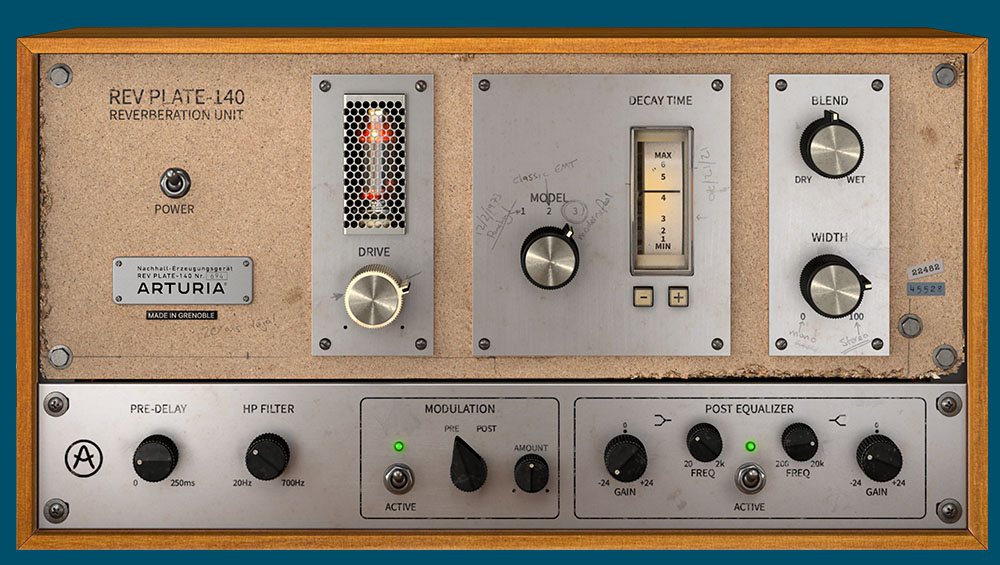 板式混响 Arturia Rev PLATE-140 PC MAC
板式混响 Arturia Rev PLATE-140 PC MAC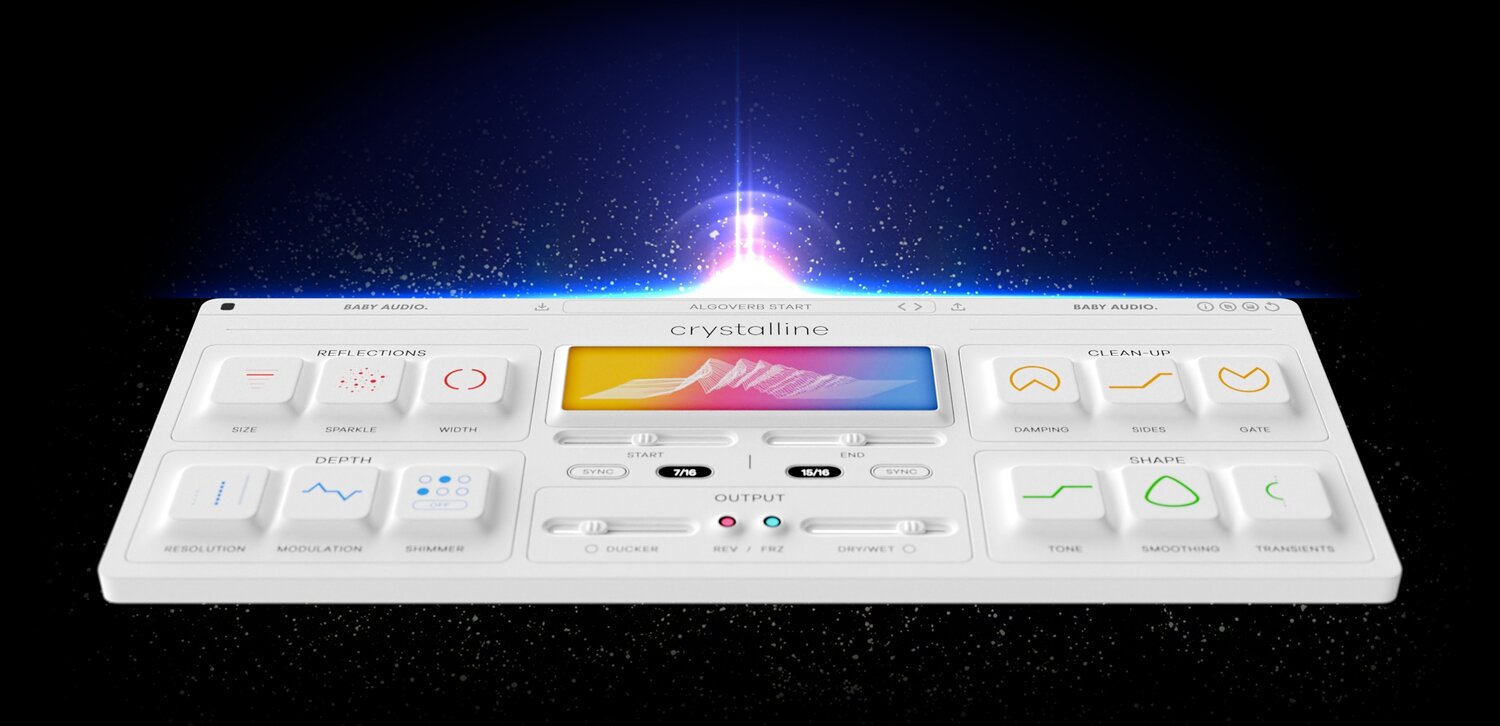 现代混响 BABY Audio Crystalline v1.5 PC/
现代混响 BABY Audio Crystalline v1.5 PC/ 黄色混响 W. A Production Mutant Reverb v
黄色混响 W. A Production Mutant Reverb v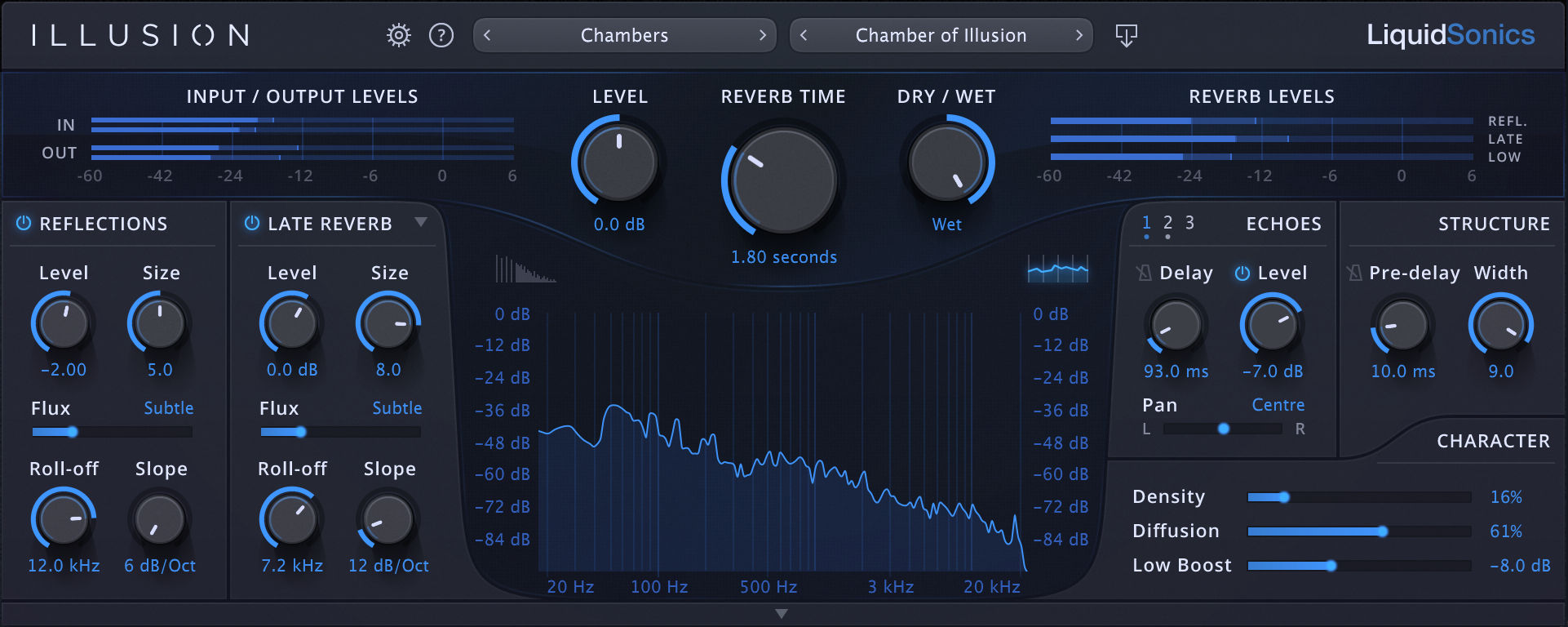 幻象混响 LiquidSonics Illusion v1.1.7 PC
幻象混响 LiquidSonics Illusion v1.1.7 PC 混响延迟套装 ValhallaDSP bundle 2021.4 C
混响延迟套装 ValhallaDSP bundle 2021.4 C